One of the most frequently asked questions I hear is “what is the difference between juicing and blending?” That is usually closely followed by “which is better, juices or smoothies?”
My answer? It depends! Both juices and smoothies have a place in a healthy plant-based diet. Here are the differences and some things to consider when deciding whether you want to make a juice or a smoothie.
Smoothies (and Blender Drinks)
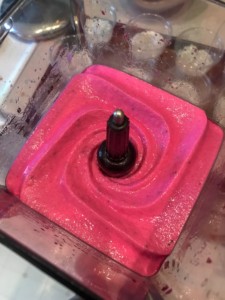 Any beverage made in a blender is a smoothie or a blender drink. The produce is blended into a liquid (thick or thin) with the pulp. (NOTE: This is not a juice. Even if it is very thin and looks like juice, it contains the pulp so it’s not a true juice.)
Any beverage made in a blender is a smoothie or a blender drink. The produce is blended into a liquid (thick or thin) with the pulp. (NOTE: This is not a juice. Even if it is very thin and looks like juice, it contains the pulp so it’s not a true juice.)
That said, smoothies are easy to digest, as the blender has done much of the work. These beverages can be a good way to get a couple of servings of raw vegetables into a meal where they might be missing. Smoothies are also perfect for getting a serving of berries and ground flax seed into your day.
Smoothies can be a convenient, portable meal option to help you eat healthy when you’re on the go. They can also be a creamy, delicious cold treat that is hands-down better for you than ice cream. One of my all-time favorite smoothie recipes is the antioxidant packed Raw Chocolate Cherry Smoothie. No deprivation there!
Fresh Juices
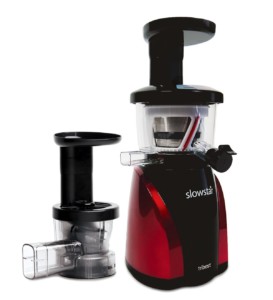 Juices are made in a juicing machine where the juice is extracted from the pulp. (If you are concerned about removing the insoluble fiber, or pulp, you might like to read this blog post: Does Juicing Remove All the Nutrition with the Pulp?)
Juices are made in a juicing machine where the juice is extracted from the pulp. (If you are concerned about removing the insoluble fiber, or pulp, you might like to read this blog post: Does Juicing Remove All the Nutrition with the Pulp?)
Removing the pulp allows you to concentrate the nutrition of a large bowl of produce – something most Americans don’t eat enough of – into one easy to consume beverage. Because of this, the nutrient density of a juice is about 2.5:1 compared to a smoothie or blender drink at 1:1, (or perhaps less if water was added.)
Juice is essentially predigested, so it goes to work in your body within 15-20 minutes. Your body diverts energy that it would normally have expended on digestion to other processes, such as such as detoxification and cellular repair.
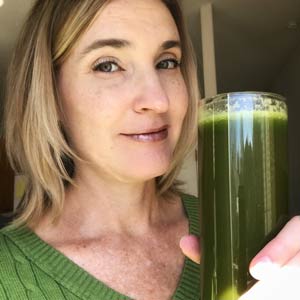 You may find that you are more alert after a juice compared to meal. Starting your day with a green juice instead of coffee provides clean energy that won’t dump you later like caffeine drop-off can.
You may find that you are more alert after a juice compared to meal. Starting your day with a green juice instead of coffee provides clean energy that won’t dump you later like caffeine drop-off can.
Fresh juice is the only way to get MORE nutrition with fewer calories. It provides enough energy to replace a meal or fuel you through a juice fast, allowing your body to release fat and toxins more quickly and heal on a deeper level.
Juice Recipes are Not for Blenders
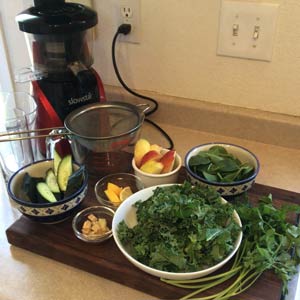 Most juicing recipes do not make a good smoothie. If you were to add a giant bowl of celery, cucumber and kale to a blender, you may find the resulting drink pretty difficult to get down. But when you remove the pulp with a juicing machine, you get a smooth, drinkable liquid that is easy on the palate.
Most juicing recipes do not make a good smoothie. If you were to add a giant bowl of celery, cucumber and kale to a blender, you may find the resulting drink pretty difficult to get down. But when you remove the pulp with a juicing machine, you get a smooth, drinkable liquid that is easy on the palate.
Likewise, you’d never put a banana, avocado or nut butter through a juicing machine. Many of the most popular smoothie ingredients do belong in a blender, not a juicer.
So there are benefits to BOTH fresh raw juices and smoothies in a healthy plant-based diet. I do recommend a daily juice as the nutrition is so concentrated – mostly vegetables, with a small amount of fruit or some lemon to make it taste good.
👉Get your free Tasty Green Juice Recipes.
If you also like smoothies, power up your blender drinks by including a couple of servings of leafy greens or frozen cauliflower. Use whole foods to sweeten them instead of concentrated sweeteners. A ripe banana or a couple of dates will do the job.
Whether you choose juices or smoothies, by all means, get those veggies in! You’ll soon be reaping the benefits.

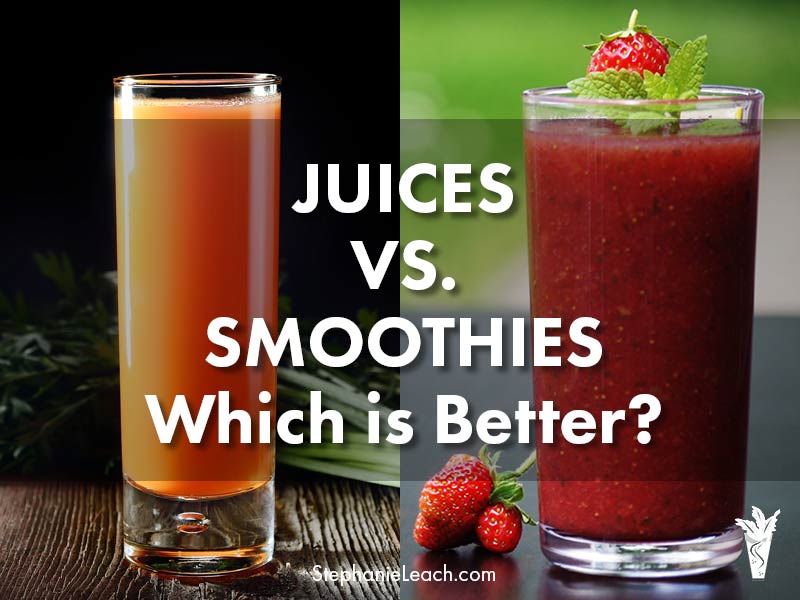
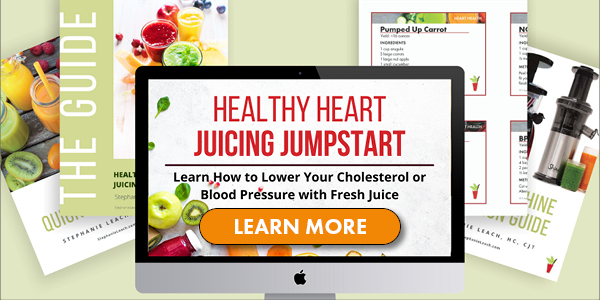

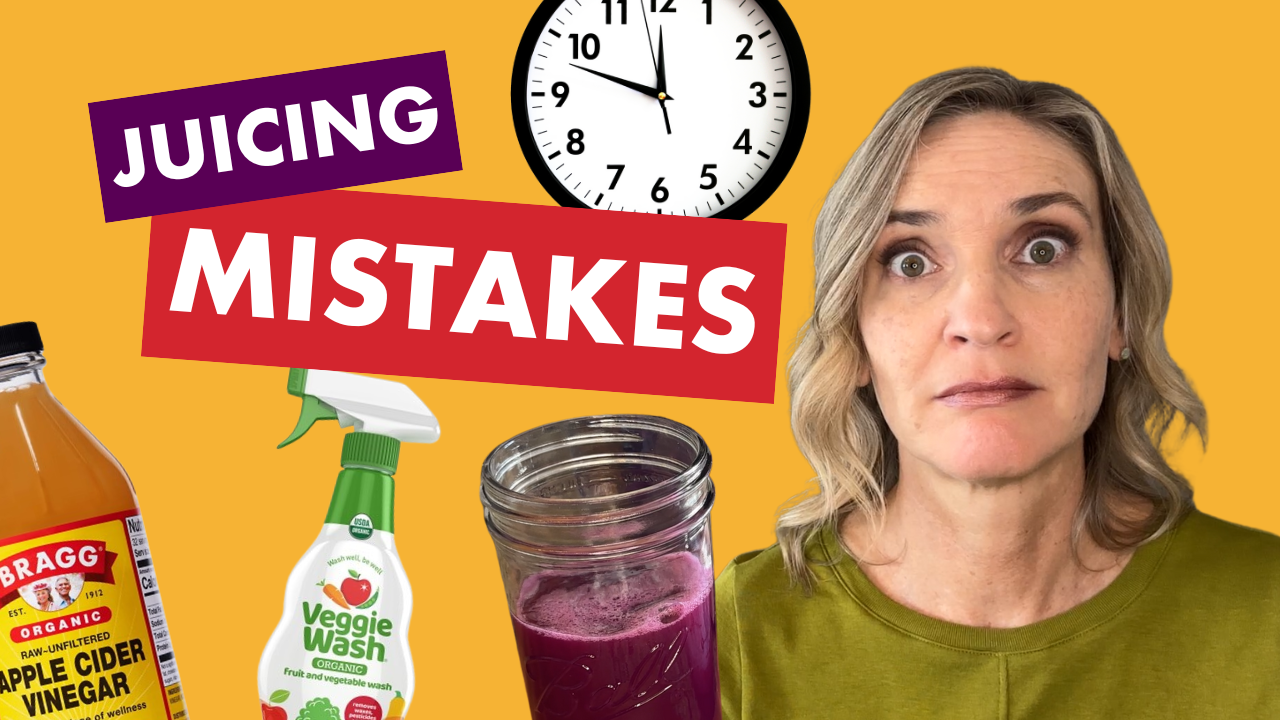
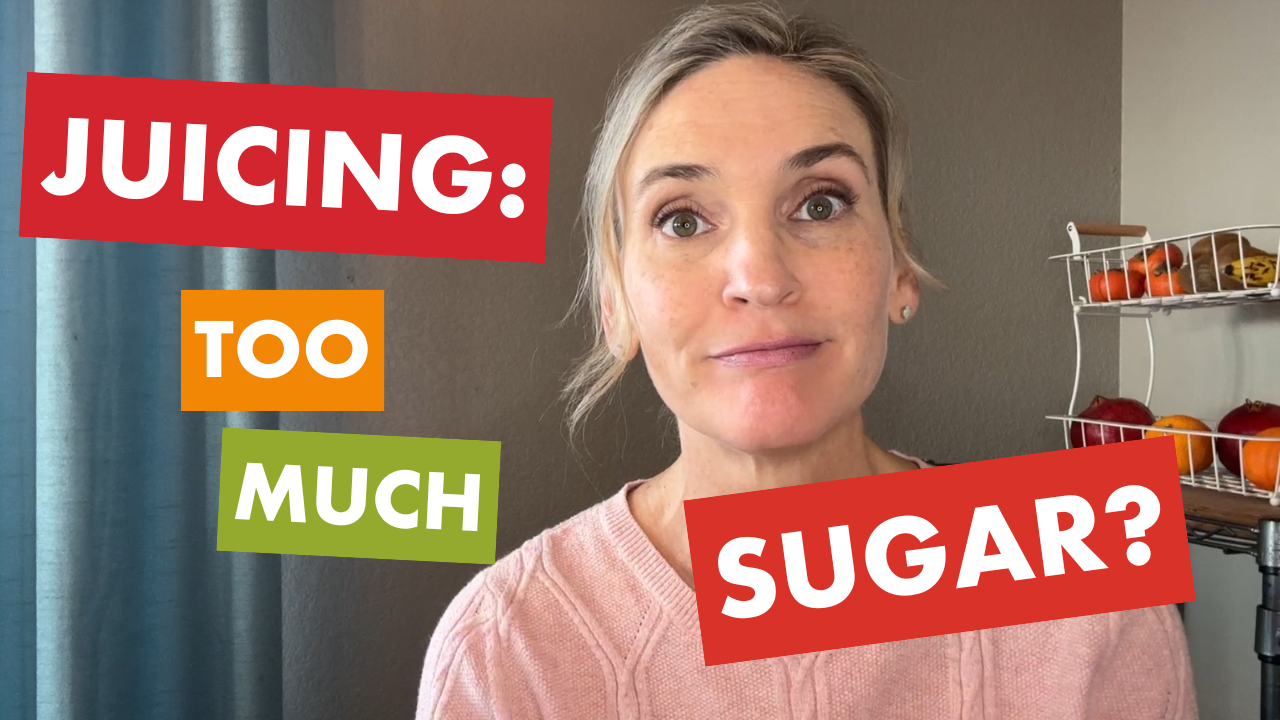
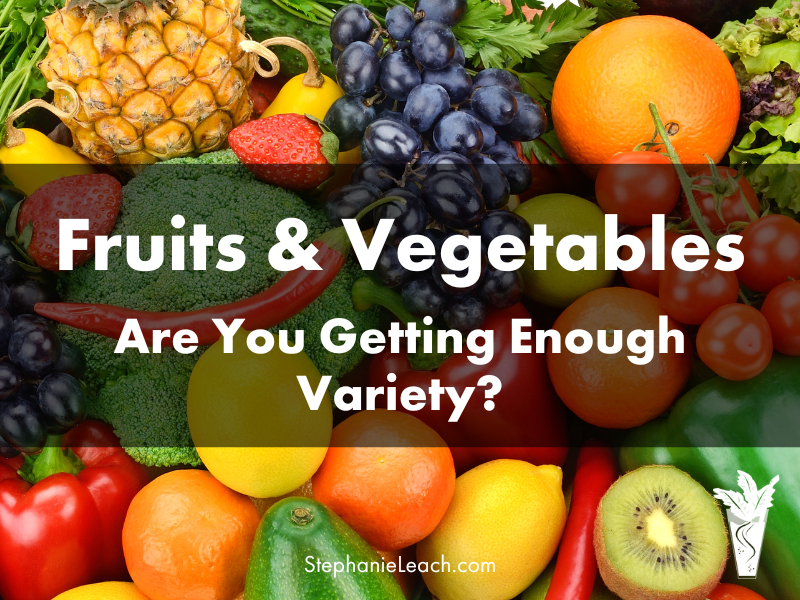
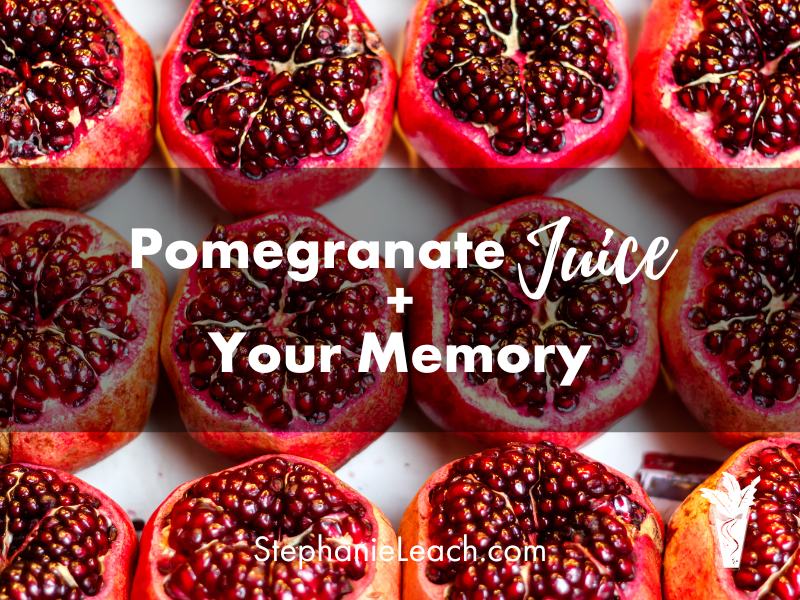
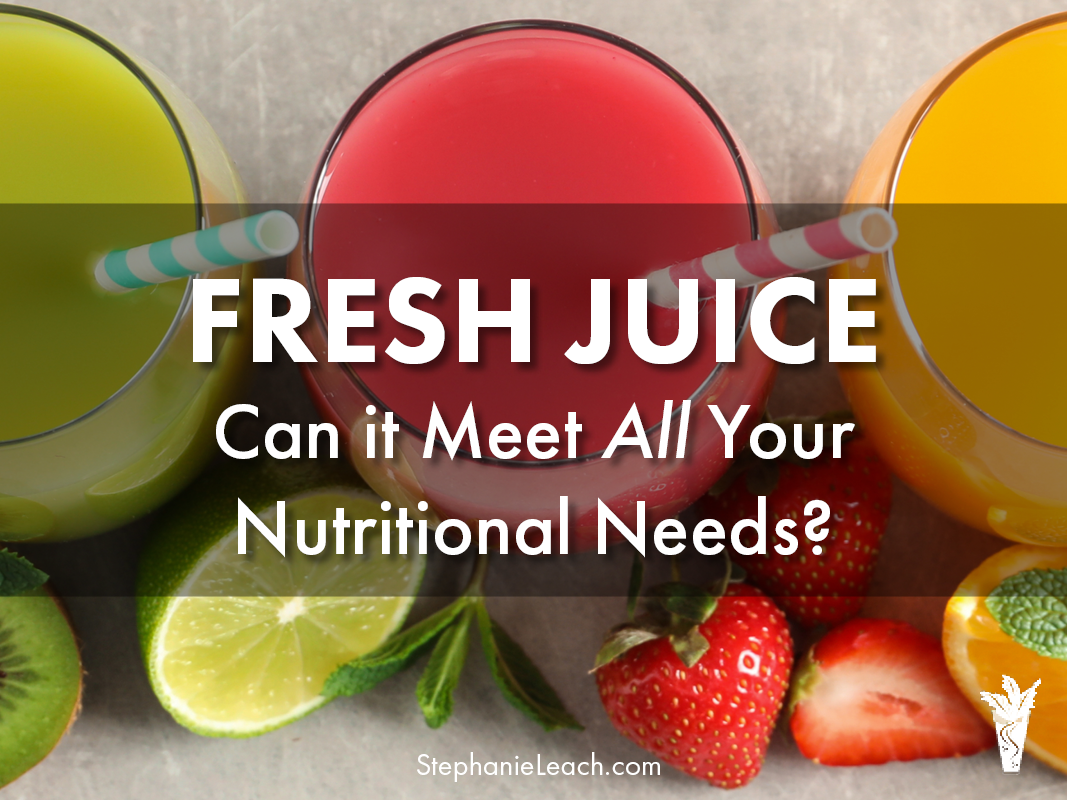
Leave A Comment